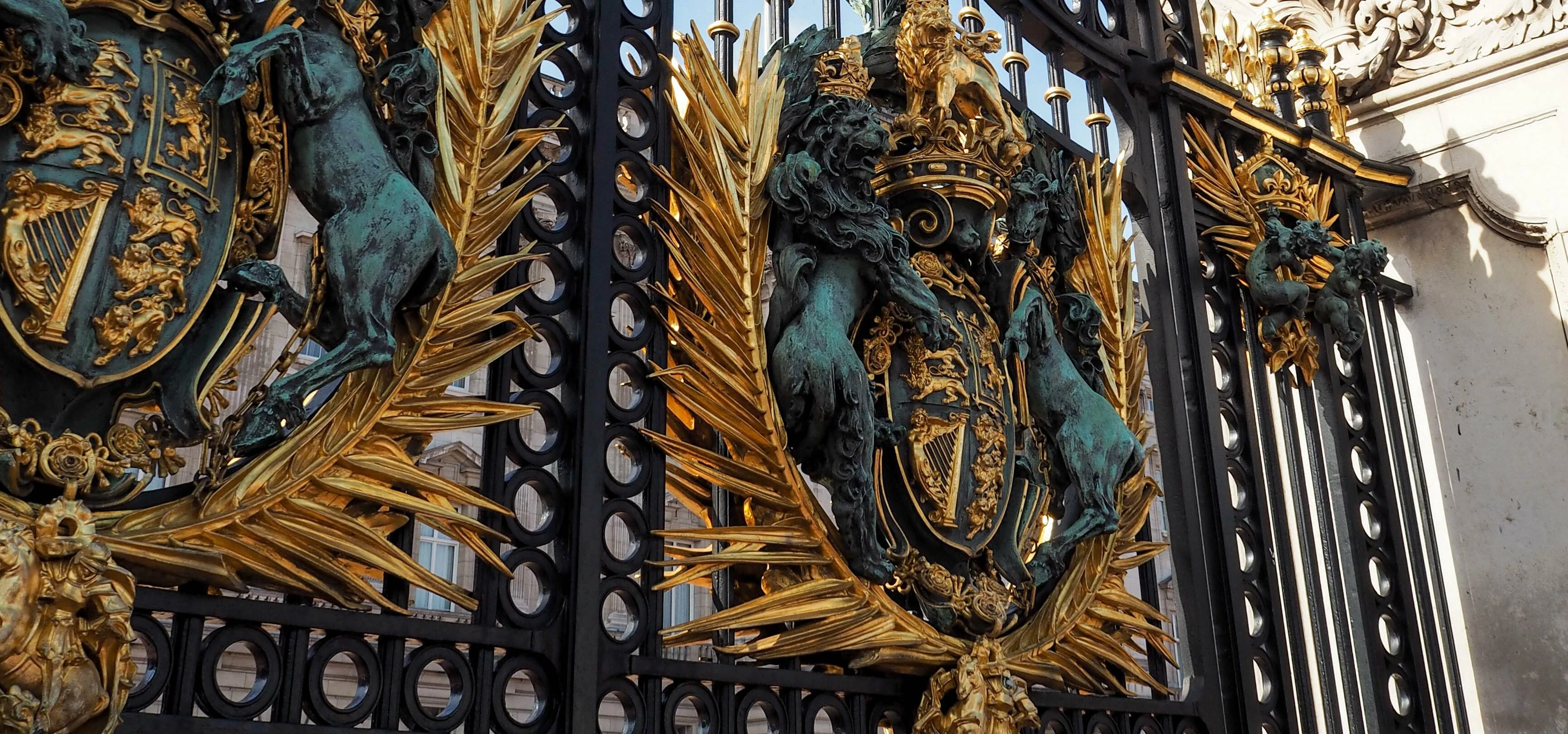
Should UK taxpayers fund Buckingham Palace’s asbestos removal?
The proposed bill of £150 million to refurbish and rid Buckingham Palace of asbestos has been met with opposition by campaigners, with some calling for the royal family to move out of the palace permanently.
The use of asbestos to make products has been illegal in the UK since 1992, and the selling and fixing of asbestos containing materials was banned in 1999. However, asbestos remains embedded between the walls, under the floors and inside the industrial coatings of many UK homes, offices, schools and shops.
The National Union of Teachers recently said that around three quarters of the UK’s schools arecurrently infested with asbestos. The Guardian subsequently reported that many of those schools are struggling to foot the bill for its removal.
With asbestos still needing to be removed from many of the UK’s constructions built before the year 2000, can such a lavish expense of public money on just one building be justified.
Where is this money going?
£150m - a sum three times higher than the £50 million officials predicted it would cost two years ago - would be used to rebuild and refurbish parts of Buckingham Palace which are supposedly in a state of disrepair and at risk of releasing asbestos fibres into the air.
Long term neglect of the palace - which has not been redecorated for sixty years - is being blamed for this unprecedented bill, and the major refurbishment could see the Queen take residency in Windsor Castle temporarily.
Campaigners have been calling for Queen Elizabeth and husband Prince Philip to move out of the palace permanently and to have it converted into a ‘world class’ public museum that can attract extra income from tourism.
Graham Smith, CEO of campaign group Republic, said in an official statement: “It’s now being suggested the Queen will move out temporarily, so the taxpayer can start spending millions on repairs. Well if the taxpayer is footing the bill the taxpayer should reap the reward.”
Where should the money be spent?
It is apparent that for the amount being spent on Buckingham Palace’s proposed refurbishment, a substantial number of school buildings could undergo asbestos management and removal instead.
Those concerned about whether a school is safe from asbestos should consult Environment Agency approved asbestos management companies. OCS Environmental Services in particular provide resources about asbestos in schools on their website and have recently been awardeda Gold Medal for “outstanding occupational health and safety” by the Royal Society for the Protection of Accidents.
As the Department for Education stated in their review of asbestos management in schools this year, there are already strict and rigorous legal duties placed on schools for managing asbestos containing materials. The presence of ACMs in schools should not be an issue providing it is managed properly by the duty holder.
The National Union of Teachers (NUT) have made a number of recommendations to the government in their report, calling for a sufficient long term strategy overall, to help completely eradicate asbestos from schools in order to reduce the bill which the state has to pick up each year.
Ridding Britain’s post-war, pre-millennial buildings of asbestos is an ongoing process, with new risks often exposed by a building’s gradual degradation. Public money can certainly contribute to ridding the country of the threat of asbestos, but it cannot afford to alone. The responsibility remains with the duty holder or owner of a building to schedule an asbestos survey through a private contractor. By taking these necessary precautions, a duty holder can rest assured that they are helping to protect themselves, friends, colleagues and family from a severe health hazard.
This was posted in Bdaily's Members' News section by Steven Jacobs .
Enjoy the read? Get Bdaily delivered.
Sign up to receive our popular morning London email for free.








 Why investors are still backing the North East
Why investors are still backing the North East
 Time to stop risking Britain’s family businesses
Time to stop risking Britain’s family businesses
 A year of growth, collaboration and impact
A year of growth, collaboration and impact
 2000 reasons for North East business positivity
2000 reasons for North East business positivity
 How to make your growth strategy deliver in 2026
How to make your growth strategy deliver in 2026
 Powering a new wave of regional screen indies
Powering a new wave of regional screen indies
 A new year and a new outlook for property scene
A new year and a new outlook for property scene
 Zero per cent - but maximum brand exposure
Zero per cent - but maximum brand exposure
 We don’t talk about money stress enough
We don’t talk about money stress enough
 A year of resilience, growth and collaboration
A year of resilience, growth and collaboration
 Apprenticeships: Lower standards risk safety
Apprenticeships: Lower standards risk safety
 Keeping it reel: Creating video in an authenticity era
Keeping it reel: Creating video in an authenticity era